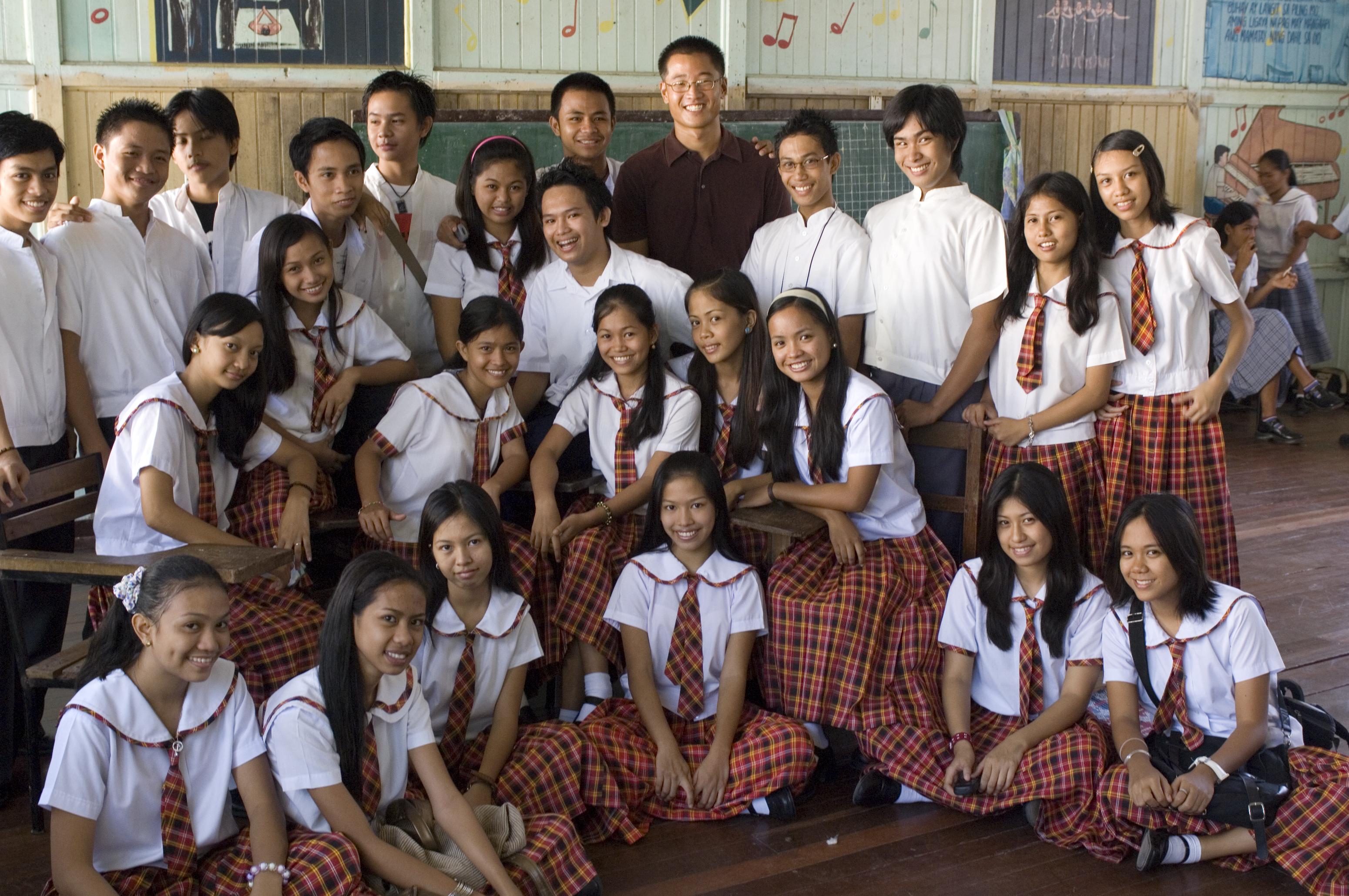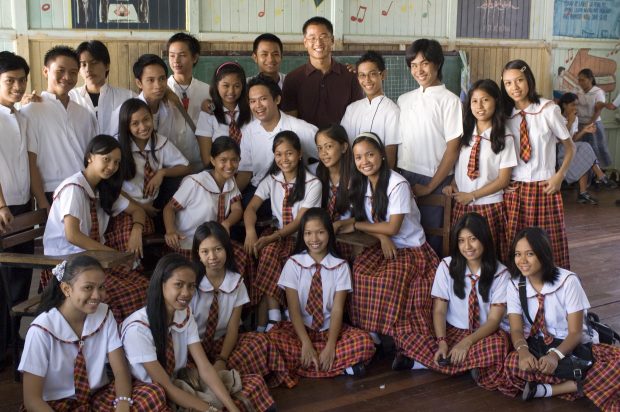
Education in the Philippines: Reaching one’s dreams
The Philippine educational system is patterned after the American school system. This is no surprise since it was the Americans who established the public school system during the American colonial times here between 1896 to 1946.
Three levels describe our educational system – the primary, secondary and tertiary levels. There are public and private schools. The former is run by the government and the latter by private institutions, mostly by religious organizations. The primary and secondary levels are regulated by the Department of Education (DepEd), while the colleges and universities of the tertiary level are under the Commission on Higher Education (CHED). Primary education covers pre-school and elementary, from kinder to Grade 6. Secondary levels are divided into two sub-levels, the regular or sometimes called Junior High School of Grades 7-10 and the Senior High School which is Grade 11 and 12. The normal academic calendar runs to 10 months, starting in June and ending in March of the next year. In general, the elementary and regular high school curriculum covers the basic subjects of Math, English, Filipino, Science, Music/Arts, Religious Studies, Social Science, History, Computer Literacy and Physical Education.
Meanwhile, the Senior High School (SHS) system starts to narrow down possible career choices of young people, by introducing learning tracks and adopts the semestral calendar of five months per semester, and two semesters completing a full academic year. Two years are required to finish SHS. The SHS learning tracks cover i) Academic, ii) Technical-Vocational-Livelihood (TVL), iii) Sports and iv) Design and Arts. The Academic track is further divided into strands that cover a) Accountancy, Business and Management (ABM); b) Humanities and Social Sciences (HumSS); c) Science, Technology, Engineering and Mathematics (STEM) and d) General Academic Track.
The SHS System was a result of the adoption of the K-12 approach, which is the global standard for educational systems. The new system initially faced opposition from parents and students, but a law was eventually passed and the system was put in place. Some of the issues raised against the K-12 system included additional costs for education and additional academic years for a student to graduate and enter the labor force.
In recent years, the tertiary level system has been tremendously improved, with the establishment and expansion of more state colleges and universities (SCUs) all over the country. Most local governments at the provincial and city levels set-up their own SCU to cater to the needs of their local citizens. A new law was also passed that guaranteed state support for free college education in these SCUs, expanding the access of most Filipinos to a college degree. A regular college degree can be earned in four years. In my case, it took me 4- ½ years because I had to file a Leave of Absence (LOA), due to medical reasons. There is also a special education track called the Alternative Learning System (ALS), wherein the curriculum and academic calendar are more flexible. The system is designed for marginalized groups such as indigenous peoples, elderly, workers who can’t attend regular day-schools, and other people with special needs. Once a student passes qualifying exams, the completion of the ALS results to a high school certificate or college degree or their equivalents.
For Filipinos, having access to education and finishing college is major dream of everyone. Education is seen as the key to success or at least, the means to crawl out of poverty. It simply means that more opportunities are available for a college degree holder, compared to one who only finished high school, or worse, wasn’t able to graduate even elementary. Without a doubt, getting educated is a social obligation of the government, and a right of everyone.



